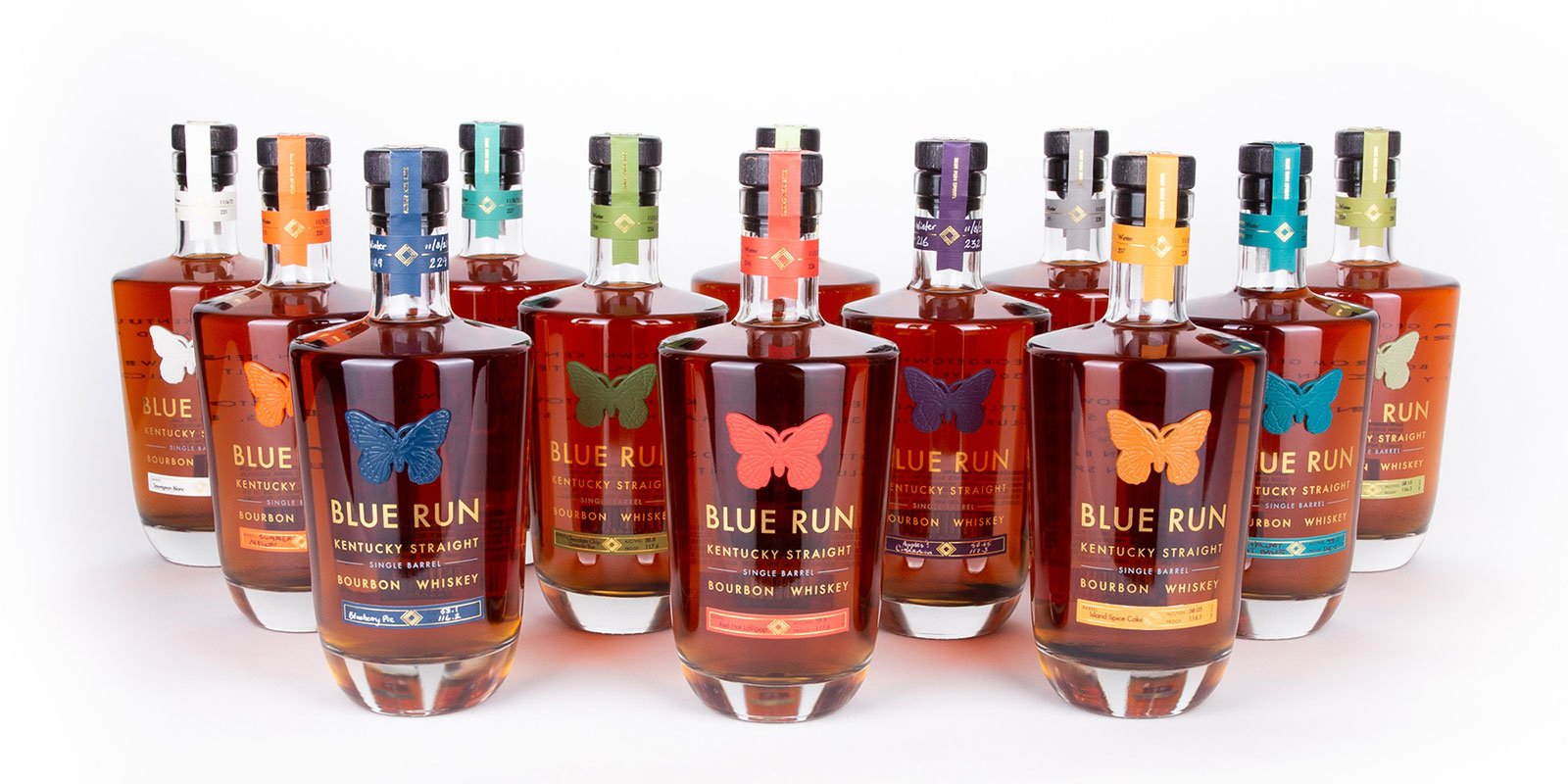The sneakerisation of bourbon
The efforts of the legacy players in whisky and whiskey to appeal to Gen Z and Millenials have often been a bit painful (‘lets put some YOUNG PEOPLE in the ads and have them doing COOL THINGS’)
Blue Run whiskey is doing things very differently and is brilliantly successful at it. Rather than mimicking the appearance of Gen Z culture, its business model is entirely rooted in that world. There was no spirits experience, let alone expertise, amongst the founding partners. Instead we have a perfect representation of the (X) class – an ex-Facebook executive, a designer from Nike, a hospitality executive, a philanthropist and (of course) a political advisor
Just as Nike own trademarks not factories, the brilliant quality of the the liquids comes from outsourcing to experts
But it’s not just great liquids that is driving success – in such a competitive arena as high end bourbon, great liquids are cost of entry. Blue Run didn’t look to the established spirits players for a model to tweak, they looked to a different industry altogether to inspire reinvention. They describe their strategy as ‘sneakerization’
Quoted in Forbes Magazine in article by Hudson Lindenberger, co founder Mike Montgomery said “Nowadays, there is such a buzz around new premium tennis shoe drops. People stand in lines for hours and are so excited to score a pair. We thought, why not apply some of their principles to the bourbon industry and help it evolve. It’s heavily designed around product drop strategies and theories that connect to a crowd that spans generations from the very young to the very old”
So far, so cool. And it definitely works. New editions sell out in minutes, literally. And even at $200 + per bottle, prices are pretty cheap compared to high end trainers. Four quarterly releases a year plus other event themed releases, and when it’s gone it’s gone.
As you’d expect, the bottles look pretty cool and the butterfly device does a lot of the work in flagging the edition. So no need for lots of retooling of bottles or radical redesign of labels 6 times a year. Smart.
The point of this isn’t ‘be innovative to win’. It’s that culture ALWAYS wins. When a consumer chooses your brand (or not), if you ask them they’ll engage the rational brain and say how they evaluated the offer against the rest of the category to make a selection – even if they accept the decision was pretty much unconscious. But the motivations to choice lie deeper
It’s culture – those shifting, shared patterns of thinking and behaviour – that determines what ‘feels right’. Culture sets the frame and category codes are merely a tiny part of the picture
What Blue Run have recognised is that for a new generation of bourbon drinkers, the culture of aspiration isn’t set in a category or even in a store but in a different ethos of scarcity that goes beyond price. In a world where almost anyone can afford a cool pair of trainers, rarity and sheer bloody effort (Queue! Refresh! Refresh! Refresh!) offers status beyond price. Whether it’s Glastonbury tickets or Supreme hoodies, every Gen Z and Gen X-er knows the code
Queue for Supreme release
Blue Run buyers were raised in the streetwear boom of the 2010s. Esquire headlined ‘How waiting in line became the biggest fashion trend of the 2010s’ in their end of year edition in 2019. If culture say aspiration looks like scarcity and effort, not (just) price then Blue Run have proven that every category needs to sit up and take notice



